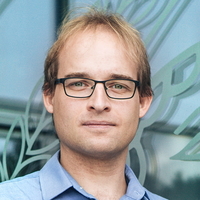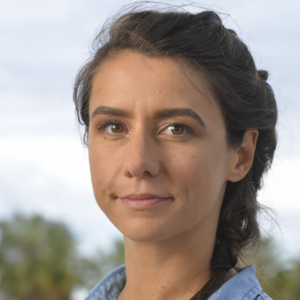Autonomous Robotic Manipulation
Modeling Top-Down Saliency for Visual Object Search
Interactive Perception
State Estimation and Sensor Fusion for the Control of Legged Robots
Probabilistic Object and Manipulator Tracking
Global Object Shape Reconstruction by Fusing Visual and Tactile Data
Robot Arm Pose Estimation as a Learning Problem
Learning to Grasp from Big Data
Gaussian Filtering as Variational Inference
Template-Based Learning of Model Free Grasping
Associative Skill Memories
Real-Time Perception meets Reactive Motion Generation
Autonomous Robotic Manipulation
Learning Coupling Terms of Movement Primitives
State Estimation and Sensor Fusion for the Control of Legged Robots
Inverse Optimal Control
Motion Optimization
Optimal Control for Legged Robots
Movement Representation for Reactive Behavior
Associative Skill Memories
Real-Time Perception meets Reactive Motion Generation
Gaussian Filtering as Variational Inference

Decision making requires knowledge of some variables of interest. In the vast majority of real-world problems, these variables are latent, i.e. they cannot be observed directly and must be inferred from available measurements. To maintain an up-to-date distribution over the latent variables, past beliefs have to be fused continuously with incoming measurements, taking into account the dynamics of the underlying process. This procedure is called filtering and it has numerous applications in diverse fields such as robotics, communication, and econometrics.
The Gaussian Filter (GF) is one of the most widely used filtering algorithms; instances are the Extended Kalman Filter, the Unscented Kalman Filter, and the Divided Difference Filter. However, it has limitations which are prohibitive for certain applications:
- The dependency between the state and the measurement is approximated by a linear function (see orange contour lines in the above graph). This is problematic for highly nonlinear systems and can even lead to complete failure.
- The GF is very sensitive to outliers.
- The computational cost is large for high-dimensional states and measurements.
To address these problems, we view the GF from a variational-inference perspective. We regard the Gaussian filtering equations as an optimal approximation to exact inference in nonlinear systems [] [
].
On this basis, we work on extensions of the GF which allow it to capture the dependencies in nonlinear systems more accurately, e.g. []. Furthermore, we investigate how the structure of certain dynamical systems can be exploited to increase computational efficiency.
Video
Members
Publications







